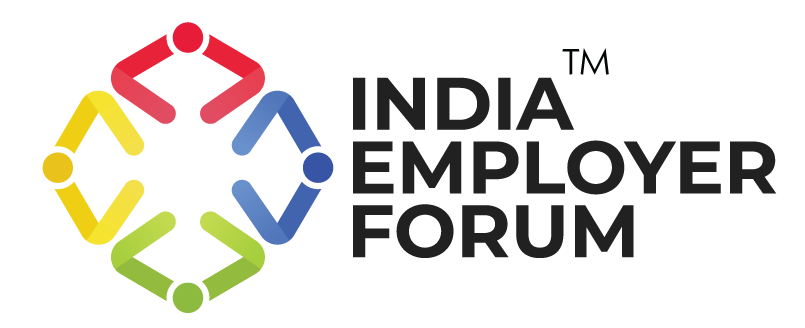While the world is adjusting to pandemic-run business, companies struggle to find best practices to achieve optimal results with the new working dynamics. According to the Gartner Chief Information Officer (CIO) Survey, which gets feedback from over 2000 IT executives, it was found that some highly-composable businesses came out ahead of the rest when it came to risk management, cost reduction and overall performance. Thanks to this survey, companies can create more effective ways to transition smoothly into a new business architecture that brings out the best of their employees and operations.
What’s the action plan?
When it comes to making a business composable, it is simply a blend of mindset, tools and practices a company adopts, which makes the difference. Companies need to be ready for unpredictable times ahead as the pandemic mutates and spreads again across the globe, affecting economies worldwide. CIOs are in an excellent position to take charge of composable strategizing, technological movements, and business architecture. If these three pillars are solidified and strong when planning a course of action, companies can rest assured they will be ahead of the curve in the coming year.
You might also be interested to read: The Future Of Work Is Here And Now: It’s Hybrid
Dissipate blocks and office tension
To be able to successfully navigate through uncertain and volatile times, a steady, structured and grounded mindset is paramount. This is called composable thinking. So, suppose companies want to make their businesses composable. In that case, they must create and encourage an environment of transparency, trust, and teamwork. Everybody is on the same wavelength; there is high accountability and increased support in completing tasks. According to the Gartner CIO Survey, 56% of high-composability organizations were found to promote a highly trusting and empowering work culture. This automatically treats any roadblocks like miscommunications, rivalries and friction head-on, eliminating office tension.
Building teams
According to the survey, about 64% of high-composability organizations designed business and technology parallel. While composable thinking is the first step to building a sustainable business, the second step involves architecture. This is the roadmap to manage changes in the industry efficiently. Building multi-disciplinary teams brings strength in numbers and a blend of brilliant minds and talents in different fields, offering innovative ways to sustain the company. The units provide a wide range of skills, expertise and feedback, all committed to finding the same result: sustainability and expansion.
Actions with composable technology
Highly composable businesses understand the value of iterative development, including delivery processes, integrated software and work systems, and collaborations. A sound technology base facilitates smooth communication across teams, rapid information sharing, optimal data integration, analytics and apps, and reliable action plans.
The way forward is coexisting with ‘disruption’, which most companies identify as the ‘new normal’. Instead of fighting and controlling this disruption, companies must learn to flow and adjust to survive the changes and create a strong business architecture to expand and evolve.
Reference: “CIO Agenda: The leadership, organizational and technology priorities CIOs must address in 2022” | Gartner | December 2021
You might also be interested to read:






